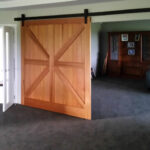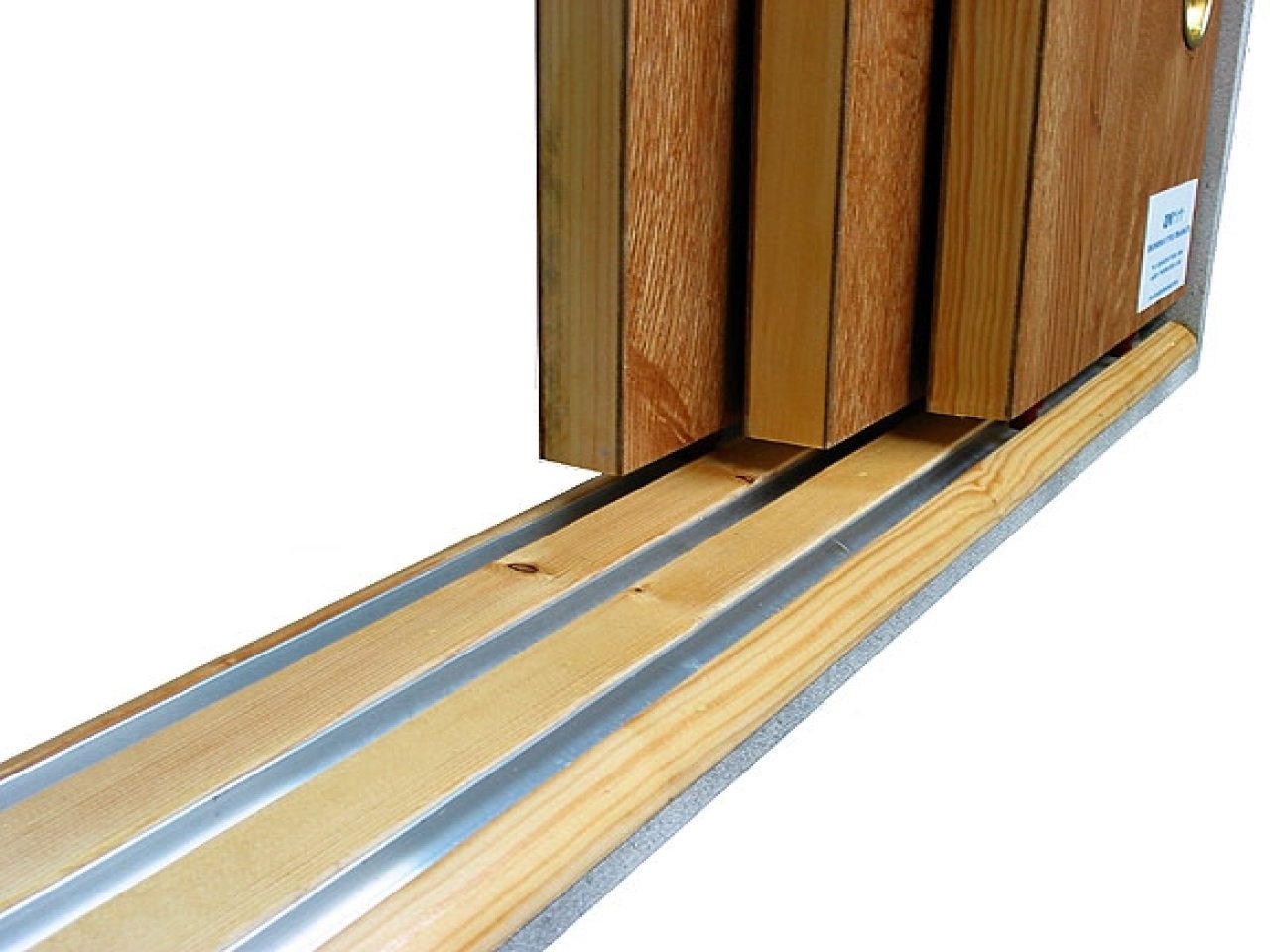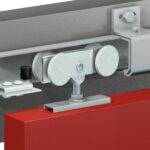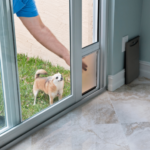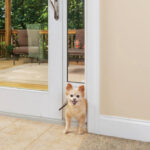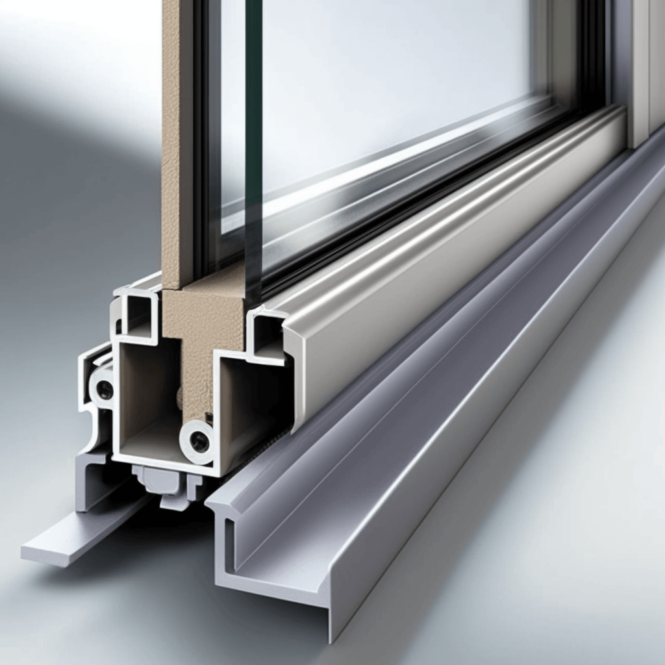
Sliding glass doors offer an attractive and practical solution for modern homes and commercial buildings, providing easy access to outdoor spaces and natural light while maximizing interior space.
However, like any mechanical component, sliding glass doors require regular maintenance and the replacement of worn-out parts to ensure optimal performance and safety.
One of the most critical parts of sliding glass doors is the track, which provides a smooth and stable sliding motion for the door panels.
This article will discuss the importance of sliding glass door tracks, the types of tracks available, maintenance tips, and how to replace a damaged track.
Why is Sliding Glass Door Track Important?
The sliding glass door track is a critical component determining the smoothness and stability of the door’s motion.
The track guides the door panels, allowing them to slide effortlessly along the track’s length.
The track’s design also ensures that the door panels remain aligned and prevent them from wobbling or derailing from the frame, ensuring safe and secure operation.
Types of Sliding Glass Door Track
Several types of sliding glass door tracks are available, each with its unique design and features. Here are some of the most common types:
Aluminum tracks
Aluminum tracks are a popular choice for sliding glass doors as they are lightweight, durable, and easy to maintain.
They come in various shapes and sizes, including single and double tracks, and can be used for residential and commercial applications.
Stainless steel tracks
Stainless steel tracks are another option for sliding glass doors, particularly for high-traffic areas such as commercial buildings or public spaces.
Stainless steel tracks are corrosion-resistant, robust, and sleek, making them an excellent choice for modern interiors.
Plastic tracks
Plastic tracks are a budget-friendly option for sliding glass doors but are less durable than aluminum or stainless steel.
They are prone to cracking or warping over time, especially in areas with high temperatures or humidity.
However, they are relatively easy to replace and can be suitable for low-traffic areas.
Wood tracks
Wood tracks are rare for sliding glass doors as they are susceptible to rotting, warping, or cracking due to moisture or humidity.
They require frequent maintenance and may not be suitable for areas with high humidity or moisture.
Maintaining Sliding Glass Door Track
Regular sliding glass door track maintenance is essential to ensure smooth and safe operation.
Here are some tips on how to maintain your sliding glass door tracks:
Clean the tracks regularly.
Dirt, dust, and debris can accumulate in the tracks, causing the door panels to stick or derail.
Regular cleaning of the tracks using a soft-bristled brush or vacuum cleaner can help remove debris and ensure smooth operation.
Lubricate the tracks
Lubricating the tracks with a silicone-based lubricant can help reduce friction and prevent the door panels from sticking or derailing.
Avoid using petroleum-based lubricants, which can attract dirt and debris, causing more harm than good.
Check the alignment of the tracks.
Misaligned tracks can cause the door panels to wobble or derail from the frame, leading to safety issues.
Regularly checking the alignment of the tracks and adjusting them as needed can help prevent these issues.
How to Replace a Damaged Sliding Glass Door Track
If your sliding glass door track is damaged beyond repair, replacing it may be necessary. Here are the steps to follow:
- Remove the door panels from the frame.
- Unscrew the old track from the frame and remove it.
- Clean the frame thoroughly and ensure it is free from debris or dirt.
- Install the new track in place and screw it into the frame.
- Reinstall the door panels onto the new track and ensure they slide smoothly and properly align.
Following the manufacturer’s instructions when replacing a sliding glass door track and using the appropriate tools and equipment to ensure a safe and successful installation is essential.
Conclusion
Sliding glass doors are an attractive and practical addition to any home or commercial building.
Still, proper maintenance and replacement of worn-out parts, such as tracks, are crucial for optimal performance and safety.
Following the tips and guidelines in this article, you can keep your sliding glass doors in excellent condition and enjoy years of trouble-free operation.
FAQs
How often should I clean my sliding glass door tracks?
It is recommended to clean your sliding glass door tracks at least twice a year or more frequently in areas with high traffic or dirt accumulation.
What type of lubricant should I use for my sliding glass door tracks?
It is best to use a silicone-based lubricant for your sliding glass door tracks, as it reduces friction and prevents the accumulation of dirt and debris.
Can I use a plastic track for my high-traffic sliding glass door?
Plastic tracks are not recommended for high-traffic sliding glass doors as they are not as durable as aluminum or stainless steel tracks and are prone to cracking or warping over time.
Can I replace a sliding glass door track myself?
You can replace a sliding glass door track if you have the necessary tools and skills. However, following the manufacturer’s instructions and taking appropriate safety precautions is recommended to avoid injury or damage to the door panels or frame.
How long do sliding glass door tracks last?
The lifespan of sliding glass door tracks depends on several factors, such as usage, maintenance, and track type. Aluminum and stainless steel tracks can last several years, while plastic tracks may need replacement more frequently.

